
The Church of the Savior on Spilled Blood Guided Tour in St Petersburg My Guide St Petersburg
Church of the Savior on Spilled Blood. Храм Спаса-на-Крови. The magnificent Church of the Savior on Spilled Blood is one of St. Petersburg's most memorable landmarks. The church, built at the end of the nineteenth century, is constructed in a classical Russian style decorated with colorful domes and glazed tiles.
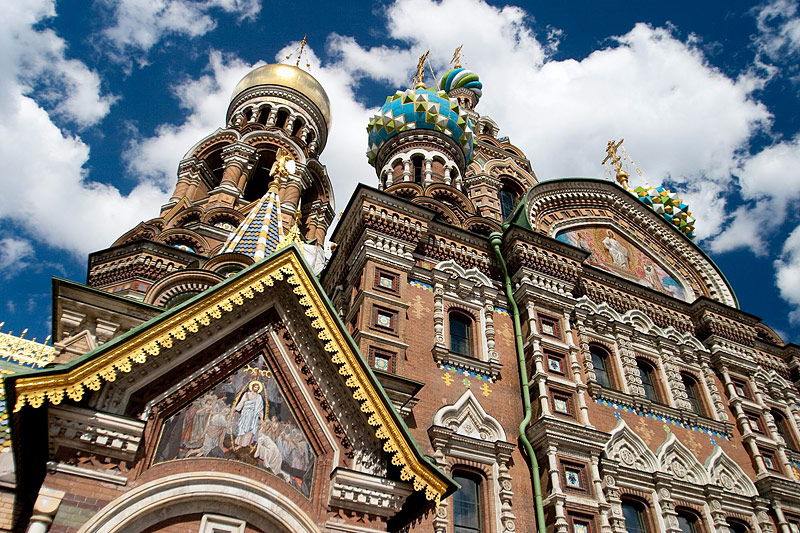
The Church of the Resurrection of Jesus Christ (Savior on the Blood Church) in St. Petersburg
From the outside, St Petersburg'sChurch of the Saviour on Spilled Blood, known locally as the Spas na Kravi, is a magnificent construction reminiscent of Saint Basil's Cathedral in Moscow. Vivid colours and copper onion-domes give the textured façade a fairytale feel. Inside, the walls and ceilings are completely covered in over 80,000 square.
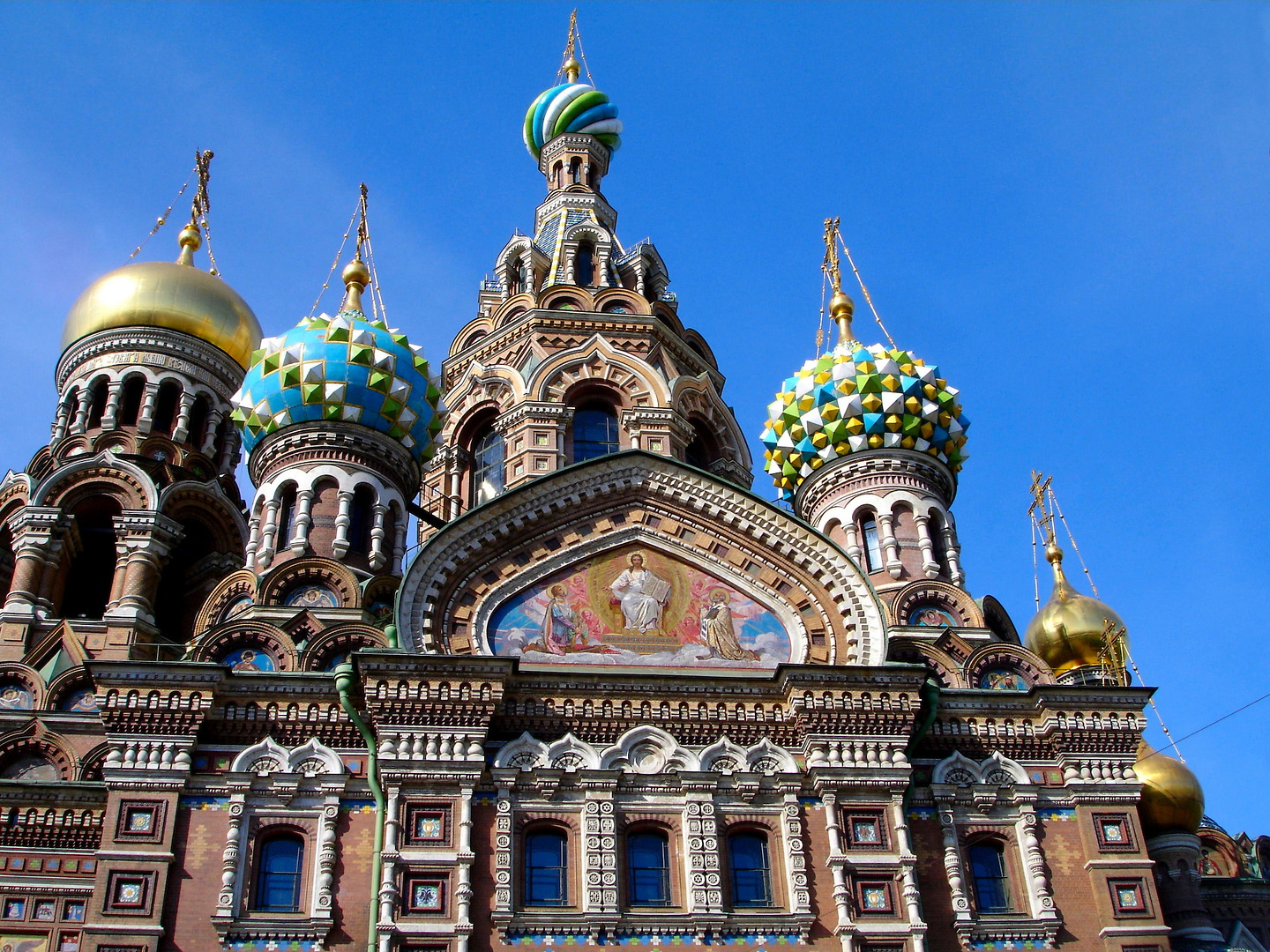
Church of Our Savior on Spilled Blood in Saint Petersburg, Russia Encircle Photos
The Church of the Resurrection of Jesus Christ (Savior on the Blood Church) is St. Petersburg, Russia claims to have more mosaics than any other church in the world. Read up on the historic church in St Petersburg that was built as a memorial to Tsar Alexander II
The Church of the Savior on Spilled Blood, St Petersburg, Russia. (PhotoAndrei Michailov) r/pics
The Church of the Savior on Spilled Blood is one of the main sights of St. Petersburg. The church was built on the site where Tsar Alexander II was assassinated and was dedicated in his memory. Construction began in 1883 under Alexander III, as a memorial to his father, Alexander II. Work progressed slowly and was finally completed during the.

Video Church of Our Savior on the Spilled Blood St. Petersburg Russia
The Church on the Spilled Blood in St. Petersburg is a historical Orthodox cathedral, beautifully decorated with mosaics, enamel & frescoes.. Spilled Blood was consecrated in 1907 in honor of the Resurrection of Christ, though nowadays it is more famous as the Church of the Savior on the Spilled Blood. From the very beginning, the cathedral.
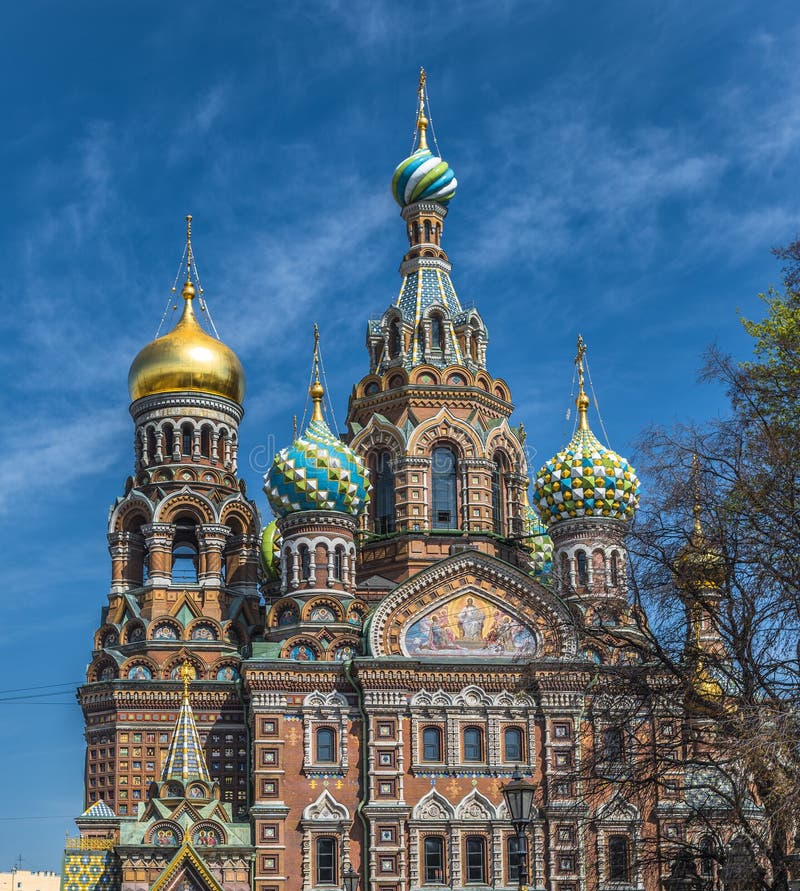
Church of the Savior on Blood, Saint Petersburg, Russia Stock Photo Image of heritage
Located in St. Petersburg, Russia, Church of the Savior on Spilled Blood is a Russian Orthodox church that was built in the late 19th century under the direction of the Russian imperial family. It is built on the site where Emperor Alexander II was fatally injured in March of 1881.

Private Church of the Savior on Spilled Blood Tour in St. Petersburg, Russia
Church of the Savior on Spilled Blood. Built to memorialize Alexander II following his assassination in 1881, this magnificent church with Italian pink marble floors and numerous mosaics was modeled after 16th and 17th century churches, contrasting sharply with the prevailing architectural styles.
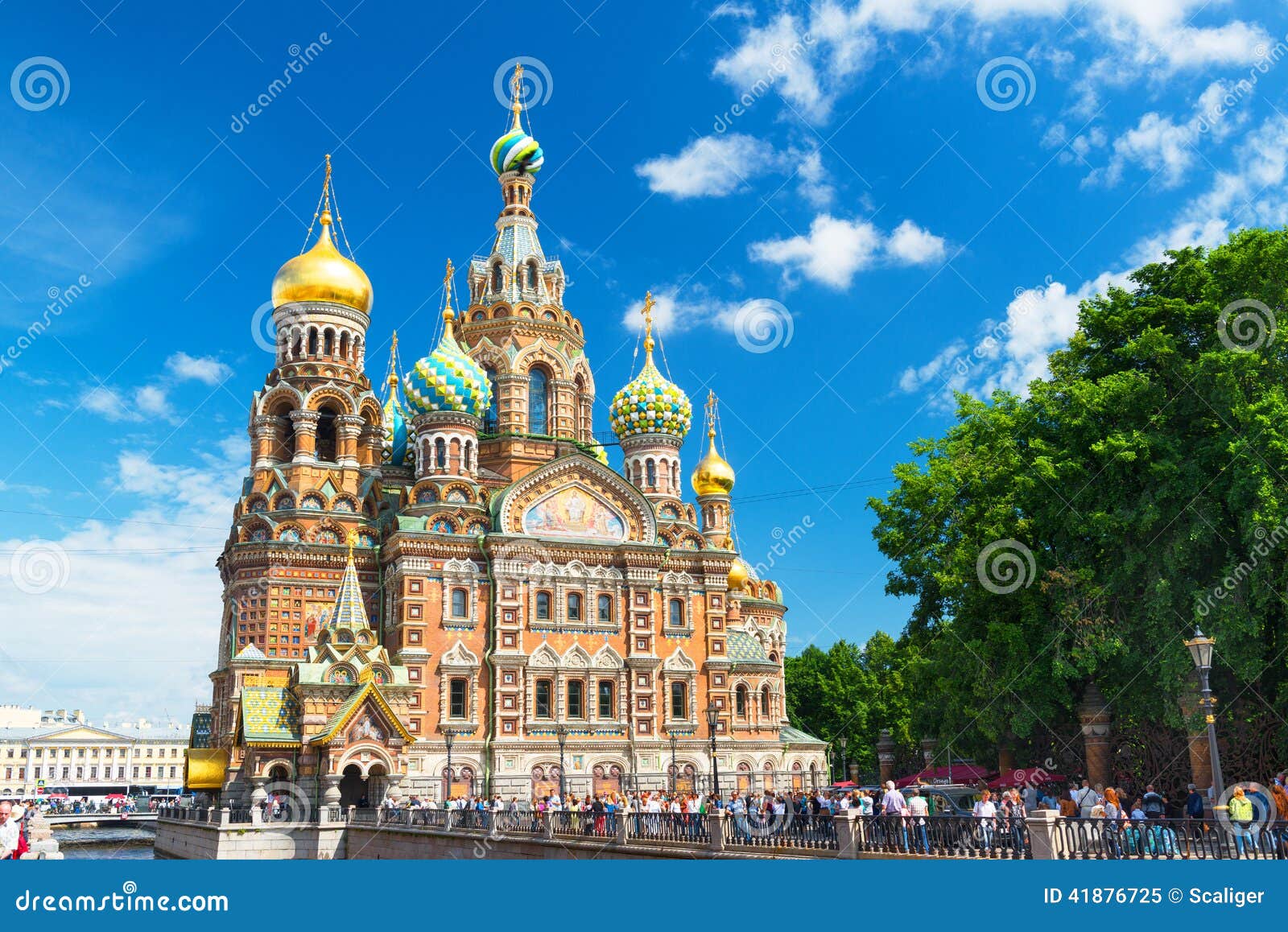
Church of the Savior on Spilled Blood in Saint Petersburg Editorial Image Image of capital
The Church of the Savior on Spilled Blood. The Church of the Savior on Spilled Blood in St. Petersburg is an Orthodox Memorial Church of the Resurrection of Christ, constructed in memory of Emperor Alexander II who was mortally wounded in an attack in this place on March 1, 1881. The cathedral was built as a monument to Tsar-Martyr.
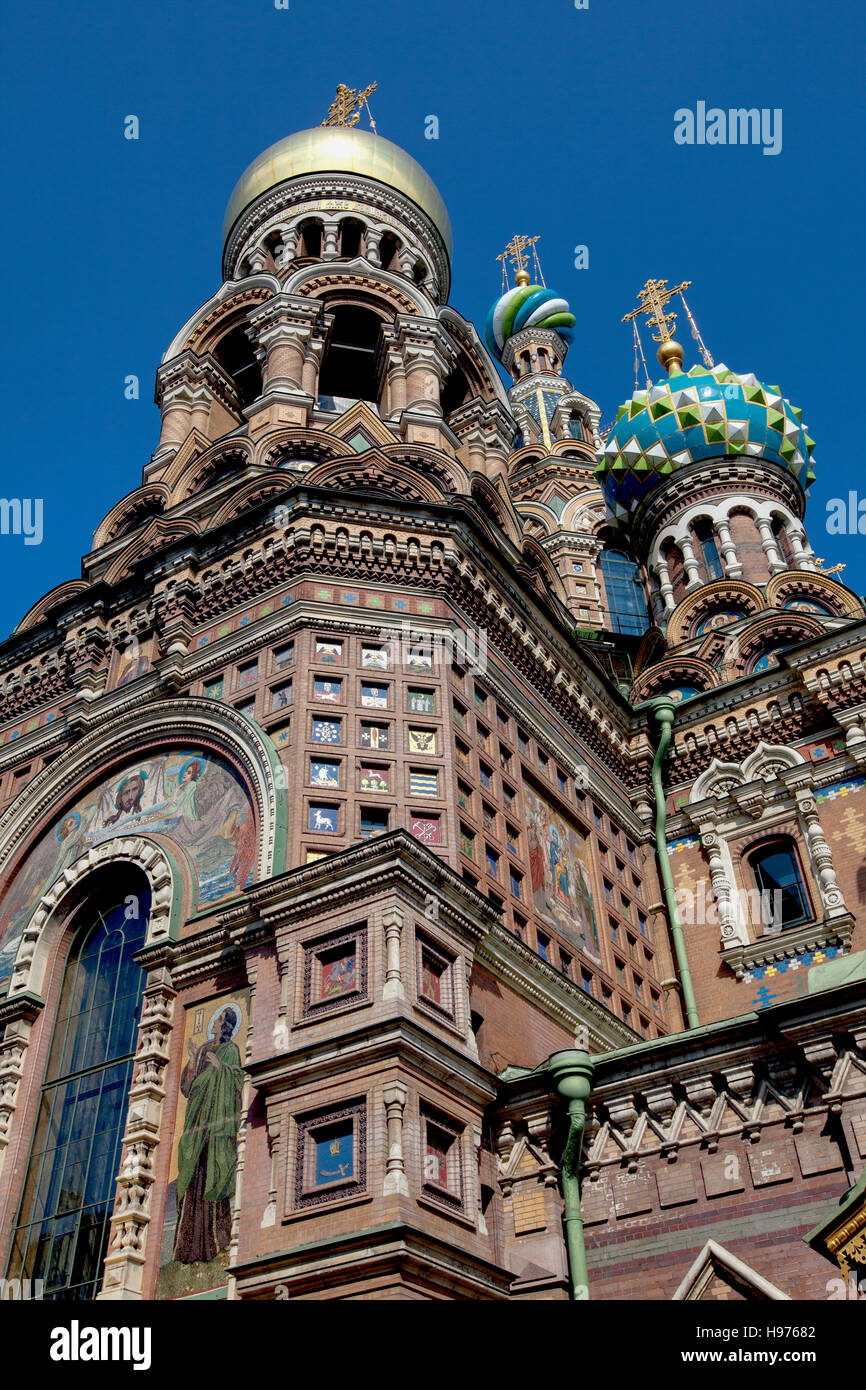
Church of the Savior on Blood. St.Petersburg. Russia Stock Photo Alamy
Why Visit the Church of the Savior. The Church of the Resurrection, also known as the "Savior on Spilled Blood", was built in memory of Alexander II who was assassinated in 1881. The church stands in the very place where a bomb was thrown into his carriage by a young man who opposed the Tsar's reforms. Alexander II was among the greatest.

The Church of Our Savior on the Spilled Blood. Your Guide in St Petersburg
The Church of the Saviour on Spilled Blood is one of St Petersburg's most impressive churches. With multi-coloured onion domes reminiscent of St Basil's Cathedral in Moscow, the Church of the Saviour on Spilled Blood is a breath-taking sight both outside and within its ornately decorated walls.
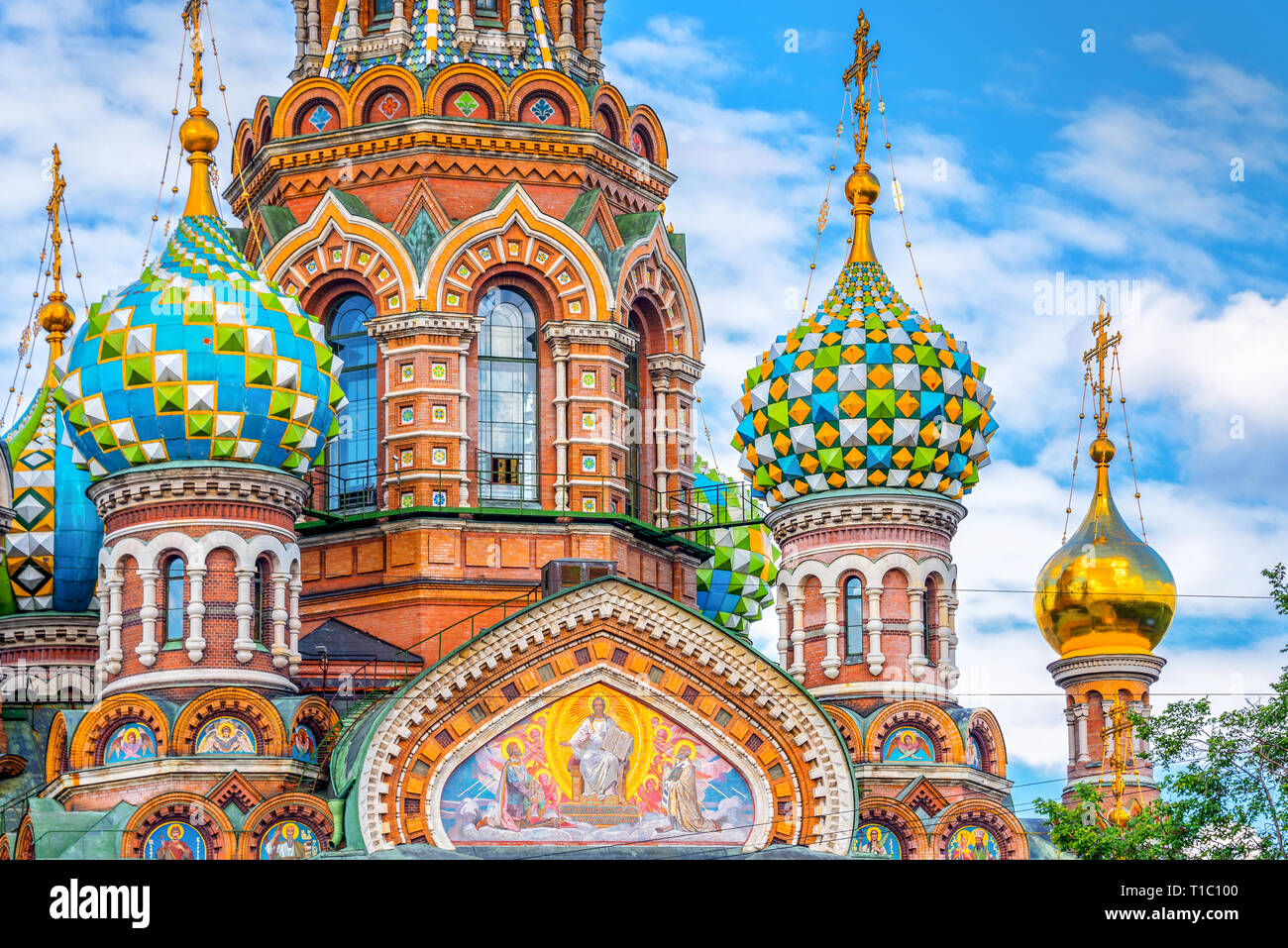
Church of the Savior on Spilled Blood, St Petersburg Russia Stock Photo Alamy
Church of the Saviour on the Spilled Blood. Top choice in St Petersburg. This five-domed dazzler is St Petersburg's most elaborate church, with a classic Russian Orthodox exterior and an interior decorated with some 7000 sq metres of mosaics. Officially called the Church of the Resurrection of Christ, its far more striking colloquial name.
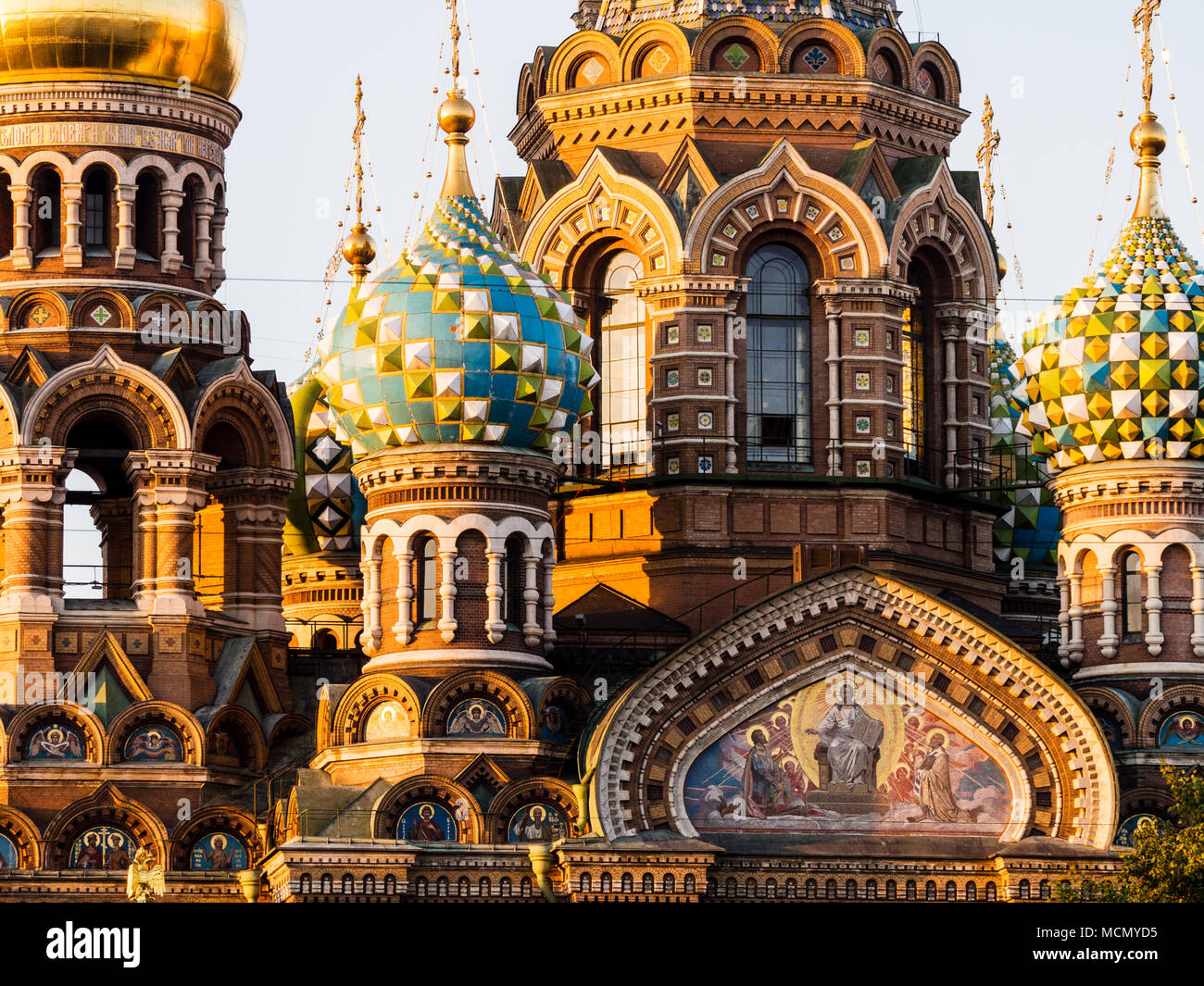
St. Petersburg, Russia Church of the Savior on Spilled Blood Stock Photo Alamy
The Church of the Resurrection of Christ (Russian: (Собор Воскресения Христова), also called The Saviour on the Spilled Blood and other contractions on the theme of On the Blood is a church in St. Petersburg, Russia, that was built by Emperor Alexander III as a memorial to his assassinated father, Emperor Alexander II. The church is privately owned and is part of the St.

7 facts about the Church of the Savior on Spilled Blood in St. Petersburg Russia Beyond
Discover the beauty and history of the Church of the Savior on Blood in St. Petersburg with our in-depth exploration of the Russian Orthodox Church.
Church of the Savior on Spilled Blood, St Petersburg, Russia [2,000 x 1,333] ArchitecturePorn
Evening entry ticket. 350 rubles. 200 rubles. 400 rubles. Good to know. The entrance fee to the Church of Saint Savior on Spilled Blood is 100 rubles for children under 18 and free for children under 7. The Church of Saint Savior on Spilled Blood is one of our TOP 5 places to visit in Saint Petersburg, including the State Hermitage Museum and.
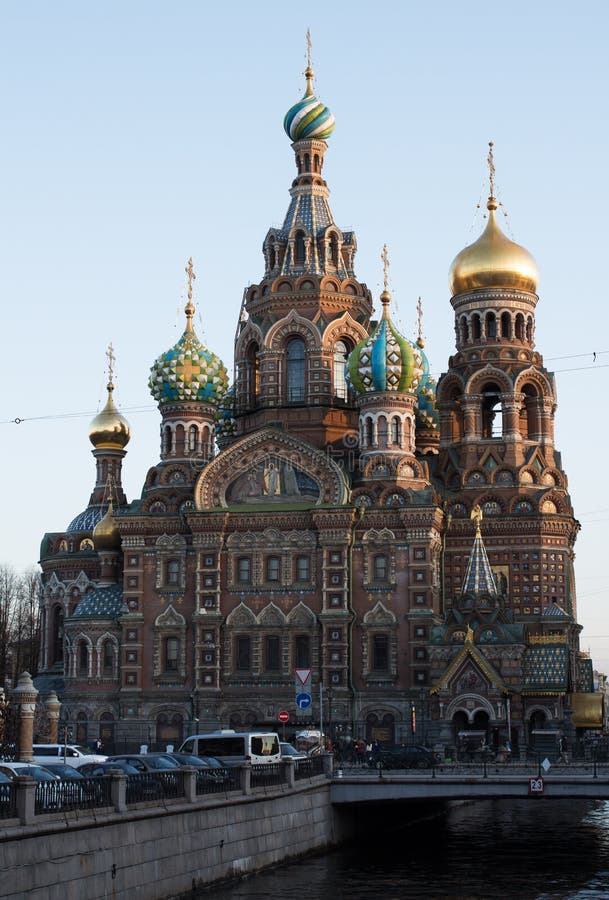
Church of the Saviour on Spilled Blood, St. Petersburg, Russia Stock Image Image of christ
But the Church of the Savior on Spilled Blood was built three centuries later. 1. Built on the site where the tsar was fatally wounded. Archive photo. No tsar had to endure as many assassination.
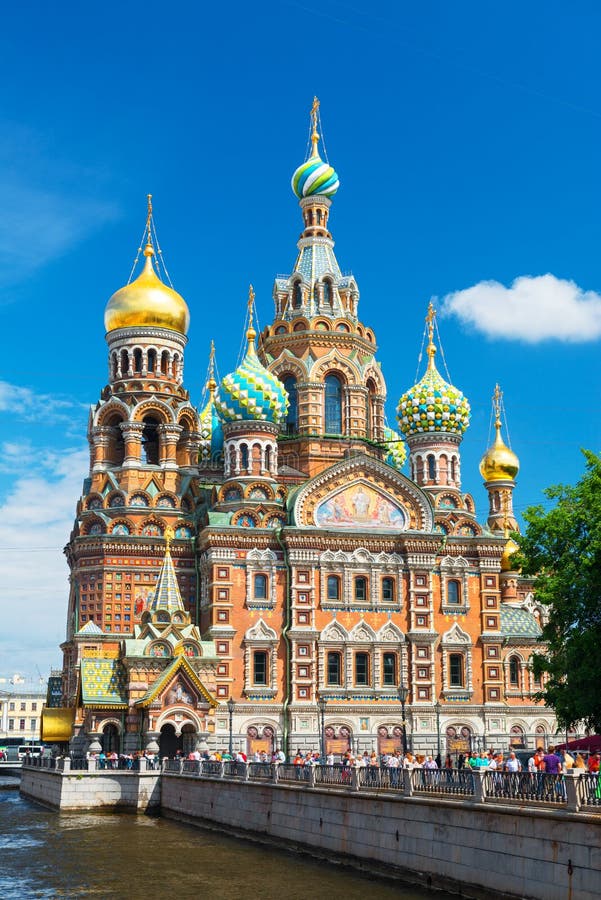
Church of the Savior on Spilled Blood in Saint Petersburg, Russia Editorial Stock Photo Image
St. Petersburg. Cathedral of the Resurrection of the Savior on the Blood. Southwest view with Griboedov Canal. May 29, 1998. William Brumfield. At the beginning of the 20th century, Russian.